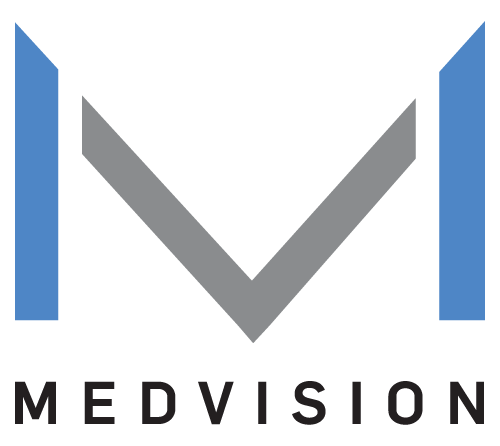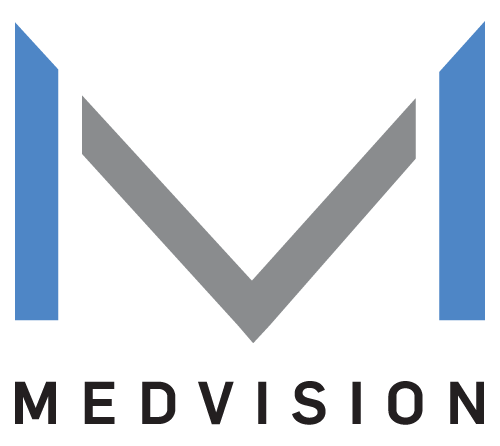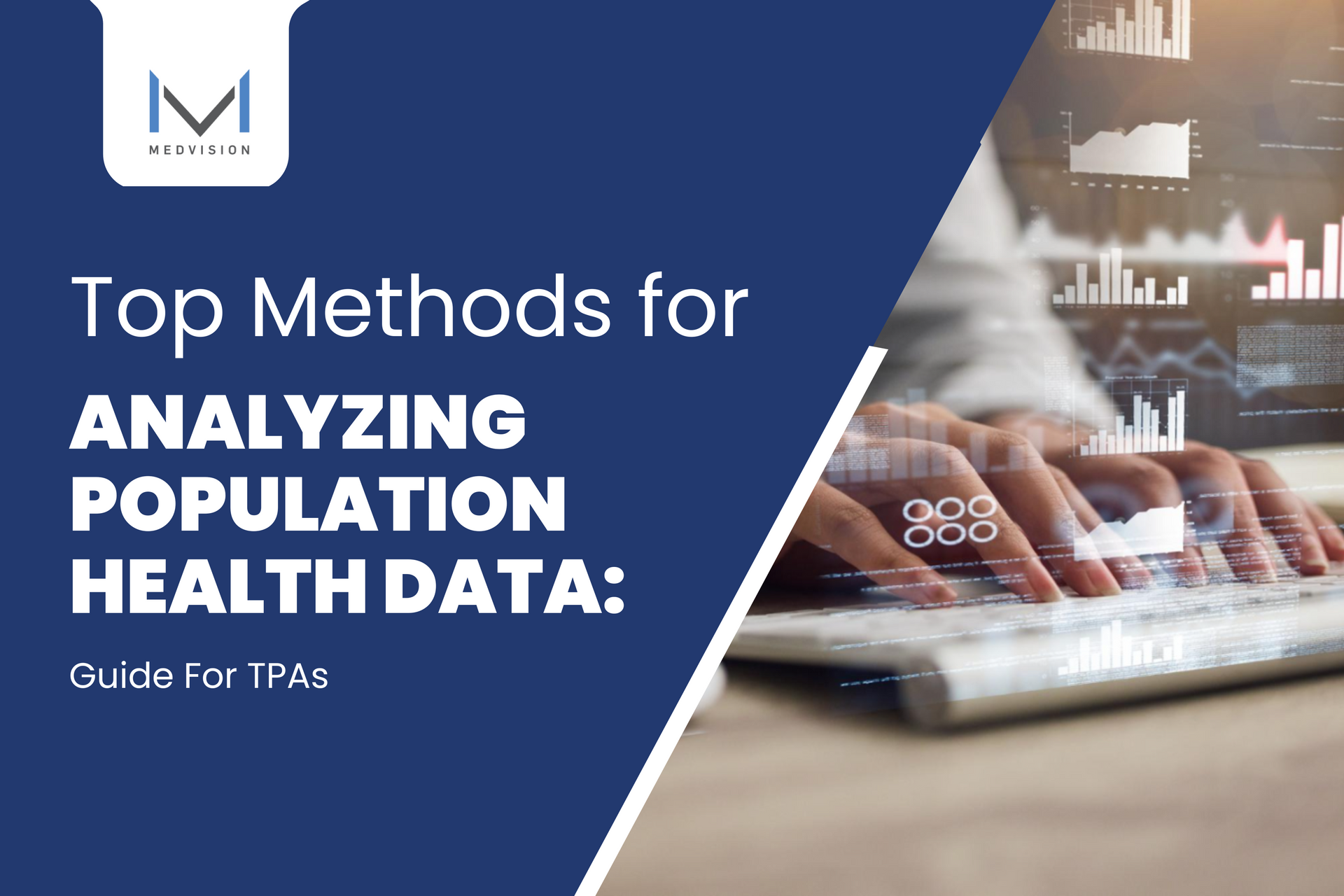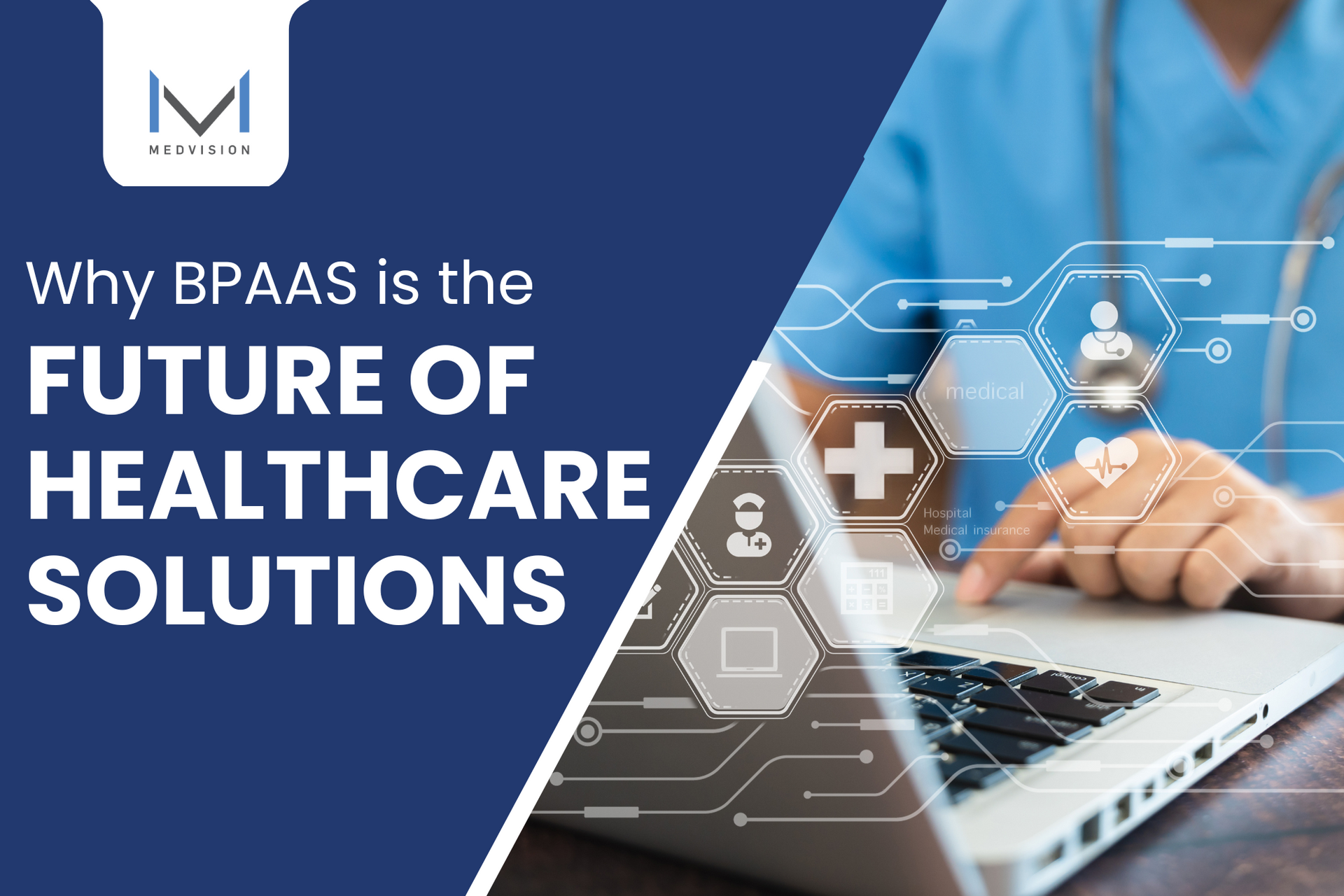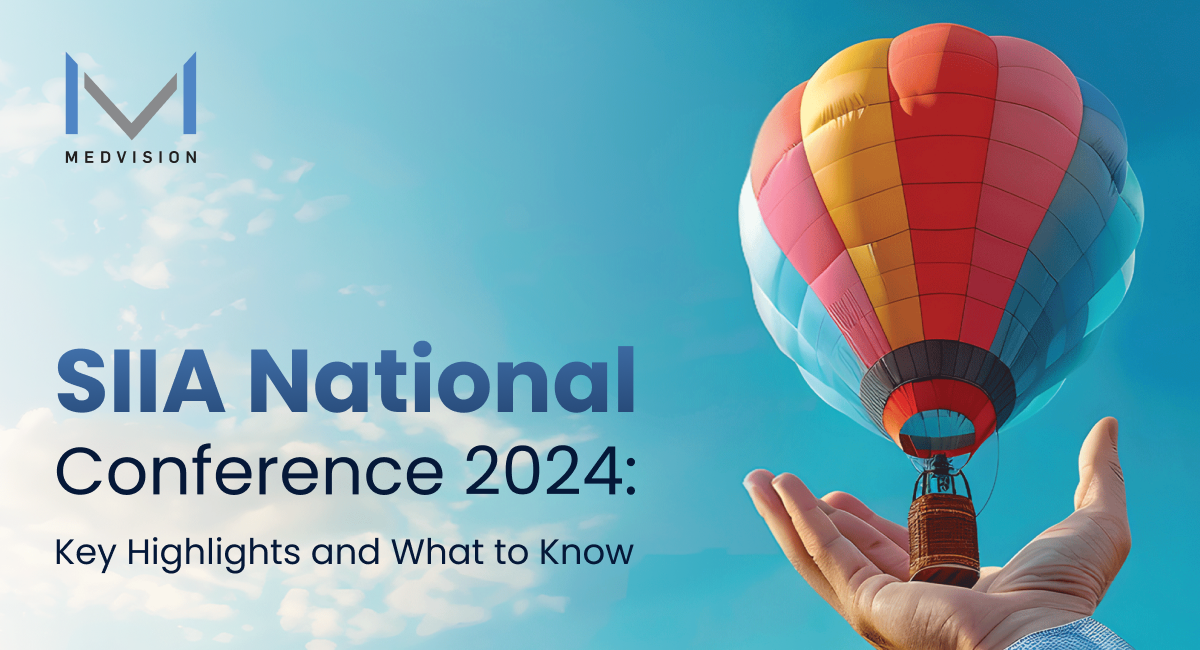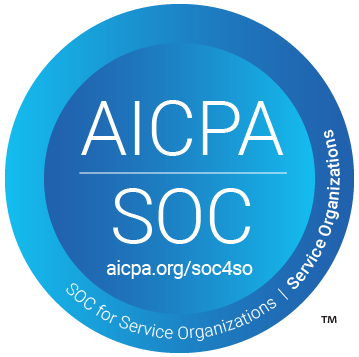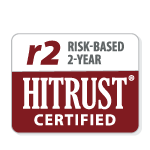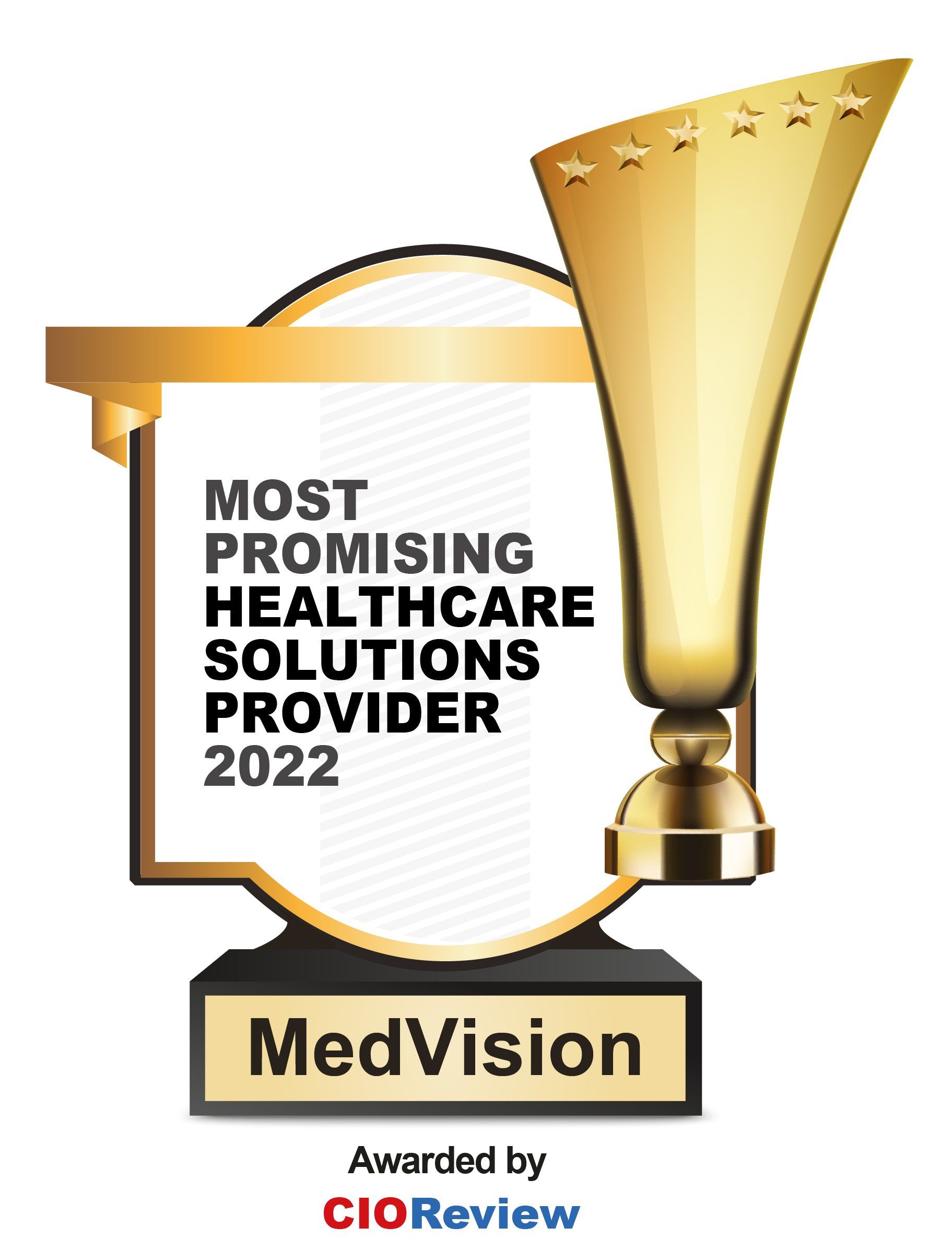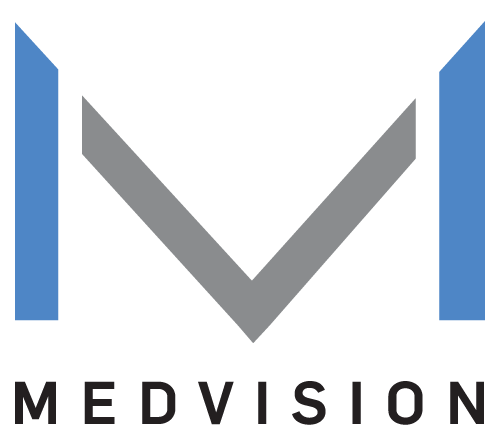Top Methods for Analyzing Population Health Data: Guide For TPAs
Your organization's workforce data is a goldmine of insights. But if you're not collecting, processing, or analyzing it, you're missing out on every opportunity to maximize benefits for your clients.
In population health management, you can analyze employee health data from electronic health records and insurance claims to identify health risks in the workforce. You can use this to anticipate necessary medical services and assess the effectiveness of health programs offered to employees at risk for certain conditions.
Dealing with extensive and diverse health data is a significant challenge for a busy third-party administrator. To overcome this barrier, it's essential to use this guide to better understand population health processes and implement platforms that maximize health outcomes while lowering your client's care costs.
Turn Data into Value
Data Aggregation and Integration
A good starting point for any population health strategy is gaining a complete picture of health trends. You can collect this workforce data from the following sources:
- Internal: electronic health records and insurance claims
- External: surveys and public health databases
Gathering information from various sources gives you a
clearer view of employee data. You can employ various analytic methods and uncover actionable insights, such as:
- Individuals at risk for chronic conditions or exposure to an unsafe workplace
- Outcomes to interventions covered by the organization's health plans
Pro Tip:
To ensure accurate and consistent data for healthcare analytics, you must apply standardized methods for data collection.
Statistical Analysis and Modeling
Third-party administrators (TPAs) may apply statistical models to the collected workforce data.
You can do this from scratch or let your population health platform do the heavy lifting. By choosing advanced software tools, you can select the analytic method and models that can help your client:
- Forecast health trends and utilization
- Enhance risk management strategies
With these statistical capabilities, you can lead your client toward making proactive decisions rather than reacting to health or productivity issues as they arise.
Pro Tip:
Invest in population health management solutions that offer an expanding range of statistical and predictive analytics tools to enable scalability.
Data Visualization Techniques
Nearly 32% of employers
improved their medical benefits in the first quarter of 2024, based on a survey of over 3,500 organizations. Providing them with data that aligns with this goal helps them prioritize their employees' needs.
Using a population health tool, you can convert complex workforce data into easily digestible visuals such as:
1. Bar and line charts show trends in claims data, healthcare costs, and service utilization over time. This method simplifies pattern identification and forecasts.
2. Pie charts break down the distribution of health conditions, costs, or service types among members. This technique gives your client a quick snapshot of components that impact benefits.
3. Network diagrams demonstrate the connections between providers, patients, and services. Use this diagram to identify referral patterns and potential bottlenecks in care delivery.
4. Dashboards consolidate key metrics like care utilization, costs, and outcomes. It offers a real-time overview of population health and helps you track TPA performance against goals.
5. Box plots summarize the distribution of data points, such as cost per claim or length of stay, allowing you to quickly spot outliers in your workforce population.
6. Sankey diagrams illustrate patient flow through various stages of care, helping you identify inefficiencies and areas for improvement (e.g., claims processing).
7. Treemaps
represent hierarchical data like expenditure categories or claims types. Such maps offer a detailed view of resource allocation across different segments.
These techniques enable you to present findings to clients and partners and guide them to more informed decisions regarding benefits management.
Pro Tip:
Use interactive data visualization tools to engage clients, allowing them to explore data on their own terms for deeper insights.
Geospatial Analysis
Want to move beyond the mundane pie charts and graphs? Introduce your clients to the cutting-edge world of geospatial analysis, a powerful tool for mapping workforce data to visualize geographic variations.
For use cases, consider how population health and laboratory medicine specialists have been using these geospatial techniques:
- Spatial autocorrelation uses statistical methods to identify areas with high and low values for a specific measure (e.g., identifying hot and cold spots in terms of access to dental care per state or county).
With the right platform, you can do the same and match geographic areas with targeted interventions.
Pro Tip:
A geographic information system (GIS) can also be part of your population health toolkit. This platform is ideal for improved spatial analysis and geospatial insights that close the gap between healthcare services and sick employees.
Implementing Robust Administrative Software
Gearing up to start your population health strategy? Based on these stats, you're on the right track: organizations with 100 or more workers experienced a
47% return on investment for providing employee health coverage. These returns consisted of:
- Boosted recruitment and retained talents
- Improved work productivity
- Lowered medical costs and disability claims
By integrating advanced administrative software, such as QuickCap v7.0 (QC7), you enhance your ability to manage population health effectively.
Top Features That Boost Population Health Management
Here are the top QC7 features that streamline processes, improve care coordination, and leverage data analytics for better health outcomes:
- Clinical alerts allow organizations to set periodic alerts based on a flexible rules engine. These alerts make it easier to identify employees who need closer monitoring of their conditions.
- Case management supports configuring individual assessments, measurement criteria, and workflows so organizations can track and manage diverse health programs.
- Claims process supports data-driven decision-making. With automated claims submission, business rule-based auto-routing, and analytics, this claims feature optimizes data aggregation and statistical analysis.
Pro Tip:
Choose a population health management software that offers complete features for handling various data types and analytics needs.
Outperform with Population Health Made for TPAs
TPAs like you can help organizations implement targeted wellness programs and preventive measures by providing insights into employee health trends.
Experts in third-party health insurance should use various analytic methods, from data aggregation to visualization, to support data-driven reporting and personalized care plans. Collectively, it boosts businesses' ability to create a healthier workforce while efficiently managing care costs.
Looking to optimize your TPA’s approach to population health? Discover how QC7 can make it happen. Call 847-222-1006, and let’s discuss how we can help!
Streamline Population Health Management

